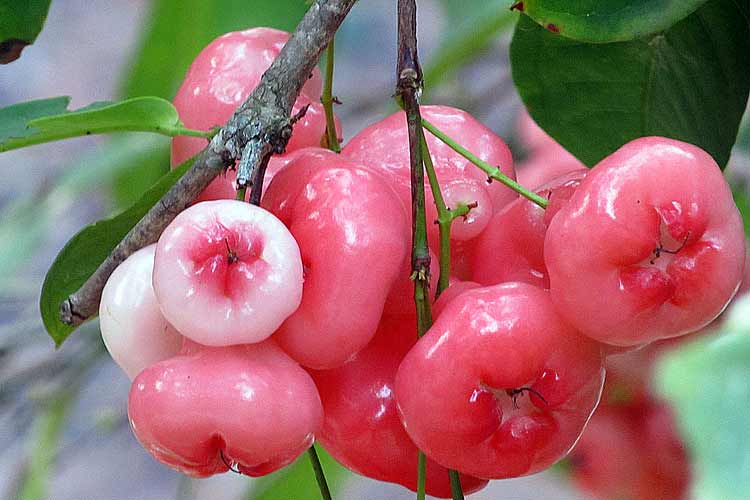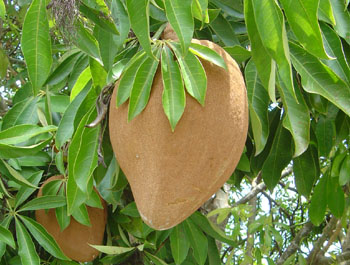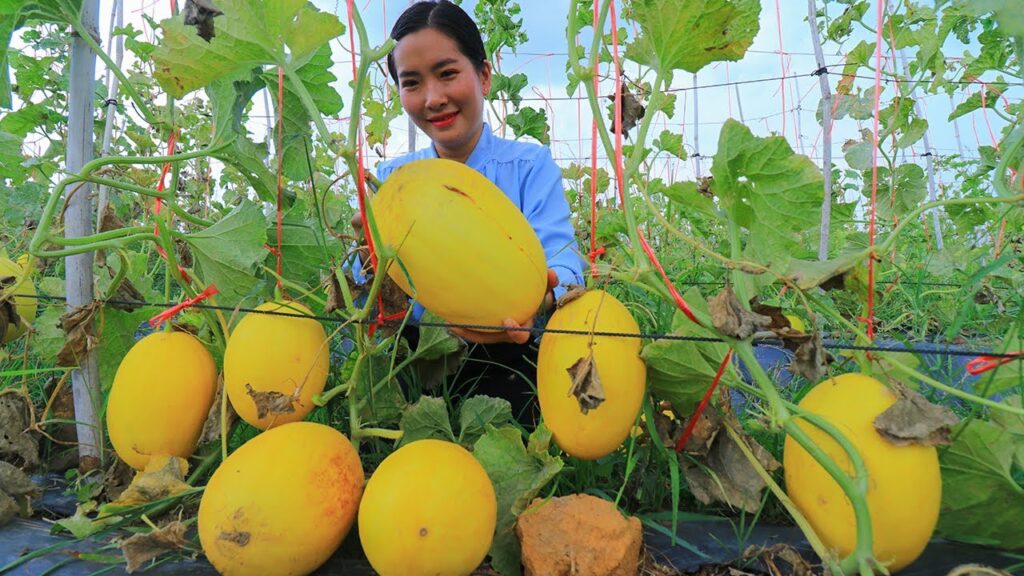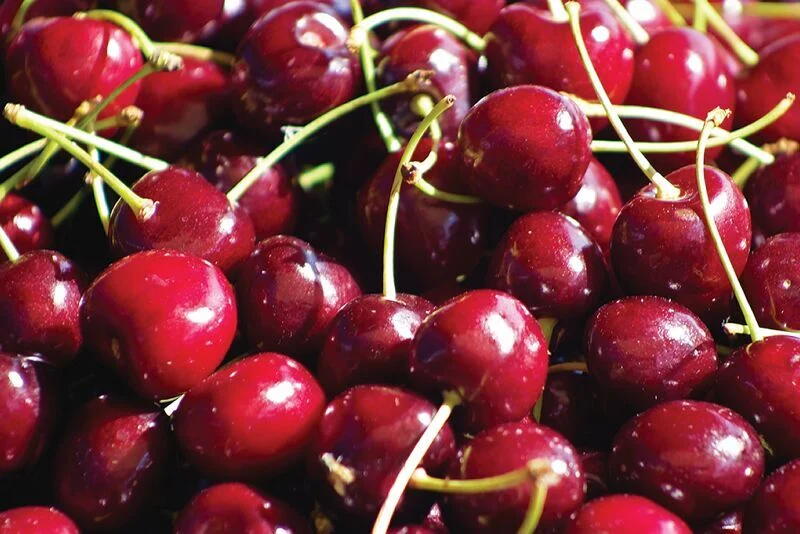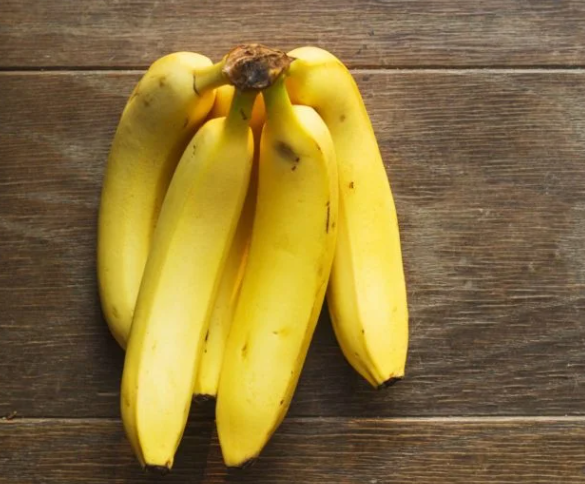Tropical fruits grow in warm, humid areas around the equator where it’s hot and rainy, and the soil is packed with nutrients. These fruits often have bright colors and flavors that could be sweet, tangy or really different from other fruits. They’re also full of good stuff like vitamins and things that help keep you from getting sick.
Table of Contents
- What Makes Tropical Fruits Special?
- Are Plums Tropical Fruits?
- Where Did Plums Come From?
- What Weather Do Plums Like?
- Different Kinds of Plums
- What’s Good About Eating Plums?
- Why Should You Eat Plums?
- Cooking with Plums
- Some Tasty Plum Dishes
- Picking and Keeping Plums Fresh
- Quick Recap on Plums
- Frequently Asked Questions
- Can I eat plums with the skin on?
- Are plums sweet?
- Can I save plums for later?
- Do all plums look the same?
- Do plums help you digest food better?
What Makes Tropical Fruits Special?
Tropical fruits are special because they come from places that are warm all year. They are mostly made of water and have sweet, strong or tropical tastes. These fruits have a lot of health benefits because they are stuffed with healthy things like vitamins and minerals which help your body stay strong.
Are Plums Tropical Fruits?
No, plums don’t count as tropical fruits. Instead, they grow best in places where the weather changes a lot over the year. We call these areas “temperate” climates.
Where Did Plums Come From?
Plums have been around for a really long time. People think they first grew in a place called Persia a long time ago, which we now know as Iran. Then, people brought them to other spots all over the world like Europe, China, and America.
What Weather Do Plums Like?
Plum trees are happiest in places that aren’t too freezing, but not too hot either. They like when it gets cold in the winter, then warmer in the spring and summer. They need the cold for a bit to get ready to make fruits.
Different Kinds of Plums
Lots of different plums are out there, each kind with its own look and taste. You might see names like European plums, Japanese plums, and Damson plums at the market. They come in different sizes, shapes, and colors.
What’s Good About Eating Plums?
Plums are great for you! They have vitamins C and K, fibers to help you digest food, and things called antioxidants that keep your cells from getting damaged. They don’t have too many calories and have a bit of potassium and vitamin A too.
Why Should You Eat Plums?
Plums do a lot of nice things for your health. They fight against harmful stuff in your body and cut down the chance of getting long-term sicknesses. They help you poop regularly and keep your belly happy. Also, they could help stop swelling in your body and they’re good for your heart.
Cooking with Plums
You can use plums in lots of different recipes. Eat them on their own, toss them into salads, or make jam. Bake them into sweets or use them in dishes that aren’t sweet to make them taste even better.
Some Tasty Plum Dishes
- Crumbly Plum Cake
- Juicy Grilled Plum Salad
- Sweet Plum Jam
- Yummy Plum Tart
- Savory Plum Glazed Chicken
Picking and Keeping Plums Fresh
When you’re picking plums, go for ones that look fat and have smooth, bright skin. You don’t want them too squishy or with bruises. Soft but not too soft – that’s just right for eating. Keep the ripe ones in your fridge to stay fresh. If they’re not quite ready, just leave them out until they’re perfect.
Quick Recap on Plums
Remember, plums aren’t tropical fruits. They began in ancient Persia and love temperate weather with distinct seasons. You’ll find all sorts of plums with different flavors and looks.
Choose plump, smooth, and colorful plums that give a little when you gently squeeze. Keep the ripe ones cool in the fridge or let the not-so-ripe ones hang out at room temp until they’re just right.
Even though they aren’t from the tropics, plums are tasty, healthy, and versatile in the kitchen. Enjoy their sweet-tart flavor and appreciate all the good they bring to your meals.
Frequently Asked Questions
Can I eat plums with the skin on?
Yes, you can eat plums with the skin on. Just make sure you wash them well before eating.
Are plums sweet?
Plums have some natural sugar, but they’re not super sweet like some other fruits. It’s fine to eat them as part of a healthy diet.
Can I save plums for later?
Sure, you can freeze plums to use them another time. Wash them, take out the pit, slice them up, and store them in something safe for the freezer. They’ll be good for a few months.
Do all plums look the same?
Nope, plums can be red, purple, yellow, green, and even black. Each kind of plum can look different.
Do plums help you digest food better?
Yes, plums have fibers that are good for your digestion and can help keep your bathroom trips regular. They’re great for keeping your tummy in good shape.
